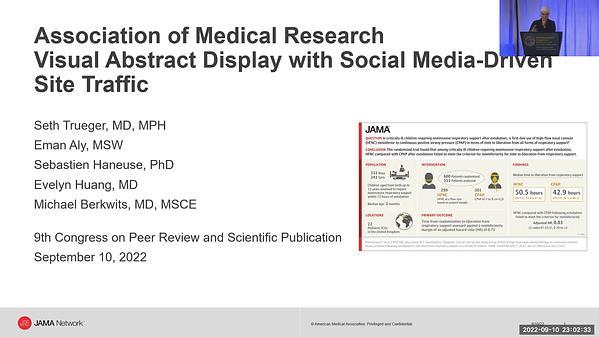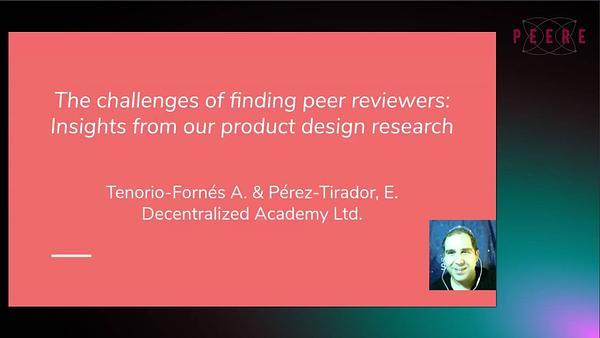Would you like to see your presentation here, made available to a global audience of researchers?
Add your own presentation or have us affordably record your next conference.
keywords:
conflict of interest
retractions
misconduct
Objective The Retraction Watch Database reported in 2018 that conflict of interest (COI) was not a common sole reason for a retraction.1 This study assesses the characteristics of articles in the Retraction Watch Database that have COI as a reason for retraction.
Design All retractions from Retraction Watch Database that had COI as a reason for retraction were analyzed. Using Scopus Application Programming Interface, data on the types of articles retracted, fields of retracted articles, number of authors and institutions, time between the publication of the article and the retraction, first corresponding author’s country, and other reasons for retraction were collected. The Retraction Watch Database was also manually searched to identify articles with expression of concern, errata, or corrigendum notices for COI. The linguistic content of notices was compared using the Linguistic Inquiry and Word Count program, and t-distributed stochastic neighbor embedding technique (t-SNE) was used to visualize high-dimensional data by placing each data point in a 2-dimensional map.2
Results Of 194 articles tagged with COI as a reason for retraction from 1991 to 2021, COI was the only reason for retraction for 26 (13%). The most common additional reasons for retraction were fake peer review (n = 34), investigation by journal/publisher (n = 29), concerns/issues about authorship (n = 24), and withdrawal (n = 24). Detailed explanation of financial COI was found in only 17 retraction notices (9%); 35 notices (18%) included a detailed description of undisclosed or misdisclosed employment relationships. Of 48 expressions of concern, errata, corrigendum notices, or undisclosed or concerning COI declarations were the only reason for 16 (33%). The most common additional reasons for a notice were lack of information provided on methods, study data, and process of institutional ethical approval for the published article (n = 14), as well as concerns over the completeness of acknowledged contributions (n = 5). The median (IQR) time from article publication to retraction was 414 (224-1170) days. Russia and China (38 articles each) were the most common origins of the retracted articles. In logistic regression, the predictive linguistic attributes for retraction notices were higher analytic score (odds ratio OR, 1.18; 95% CI, 1.07-1.30) and lower clout score (OR, 0.93; 95% CI, 0.90-0.95). The t-SNE visualizing technique found no linear separation between retraction and correction or expression of concern points, indicating that similar language is used across different publication notices.
Conclusions Nondisclosed or incorrect disclosure of COI may be a sole reason for article correction, and evident COI may be a sole reason for article retraction. Retraction notices often do not describe in detail the conflicts involved. Higher analytic tone of the retraction notices suggested that editors used more logical reasoning when elaborating retractions. Higher scores on clout for nonretraction notices suggest that it may have been easier for editors to express more confidence in writing these corrections.
References 1. Oransky I, Marcus A. Why do medical journals keep taking authors at their word? Accessed January 29, 2022. https:// www.statnews.com/2018/09/14/jose-baselga-doctors- industry-conflict/ 2. van der Maaten LJP, Hinton GE. Visualizing data using t-SNE. J Machine Learning Res. 2008;9:2579-2605.
Conflict of Interest Disclosures Ana Marušić is a member of the Peer Review Congress Advisory Board but was not involved in the review or decision for this abstract. No other disclosures were reported.
Funding/Support This study was funded by the Croatian Science Foundation “Professionalism in Health–Decision Making in Practice and Research” (ProDem) under grant agreement IP-2019- 04-4882.
Role of the Funder/Sponsor The funder had no role in the study design, data collection, and analysis; decision to publish; or preparation of the manuscript.
Acknowledgments We thank Retraction Watch for providing access to their retraction database.


